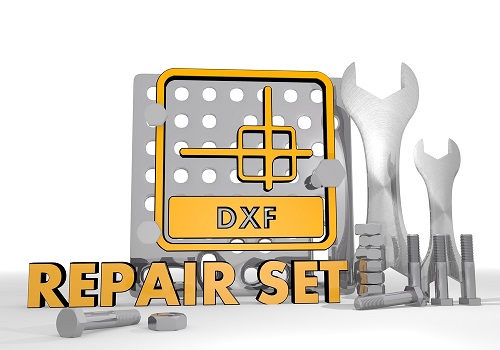Data Conversion done right. Conversion between GDSII, DXF, OASIS, CIF, Image files (TIFF, BMP), Gerber and Mebes, all fully checked with plots.
The single most critical element in Data Conversion is to produce data that precisely represents the original design idea, with 100% accuracy.
Digidat has successfully translated thousands of files between many different formats. We have custom written post-processing programs that check the data for typical integrity failures to ensure that the data is photomask ready.
The fact is that conversion programs and data formats are fickle and any small mistake or error can cost several thousands of dollars in ruined photomasks, wafers and lost business. Although off-the-shelf programs are available that perform data conversions, the data has to be drawn in a distinct way in order to achieve high reliability.
The GDSII standard has changed over the years, the number of layers, number of allowed coordinates per polygon, characters allowed in structure names and how arrays are defined have all changed. Even GDSII data has to be checked for compatibility before committing to glass.
When Digidat sends data to the photomask manufacturers, we send jobdeck and Mebes data, thereby avoiding any possible translation errors at the photomask shop.
Typical problems include:
- Data drawn using open lines
- Data on Data - Designer expects that holes will appear in the data
- Text - Designer expects text to appear on the photomask
- Self-intersecting polygons - Designer has drawn inside a shape using lines that cross each other
- Lines with width used to create circles or donuts
- Data created on layer 0 and referenced on a different layer
- Polygons with too many points or sides
- Block-names that do not conform to standards
- Data drawn primarily using hatch commands
- Inconsistent definition of light or dark areas
- Negative arrays

